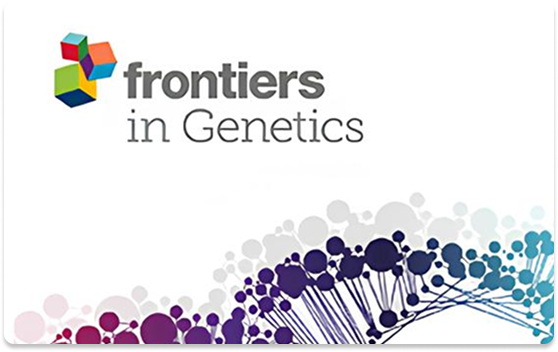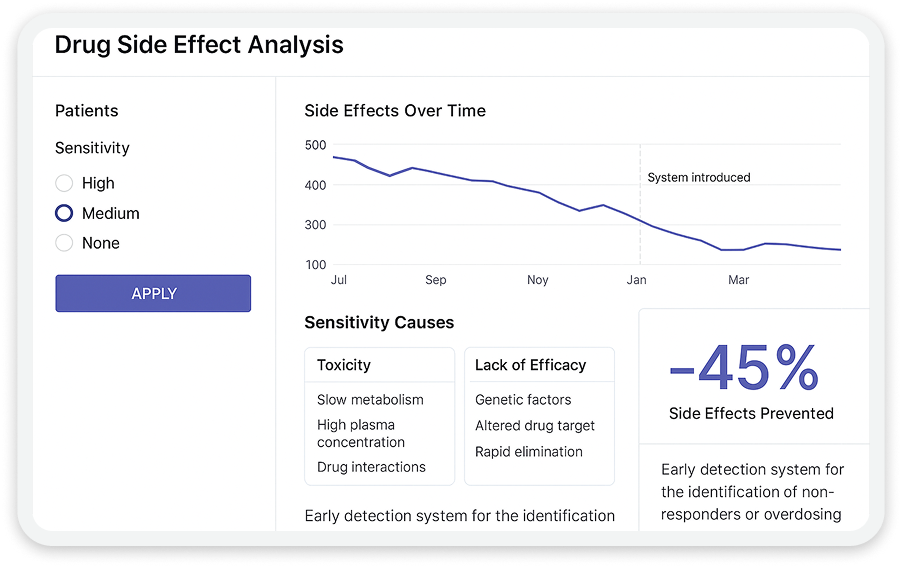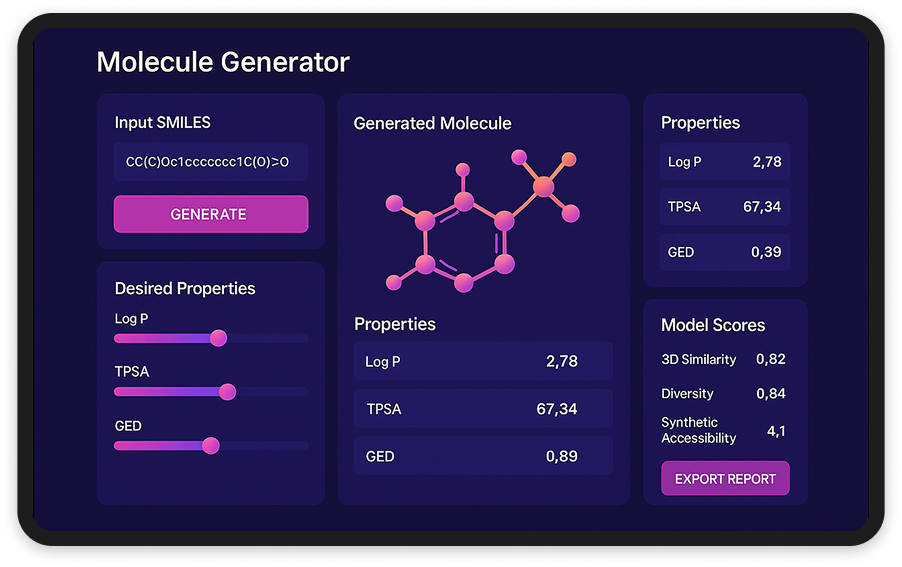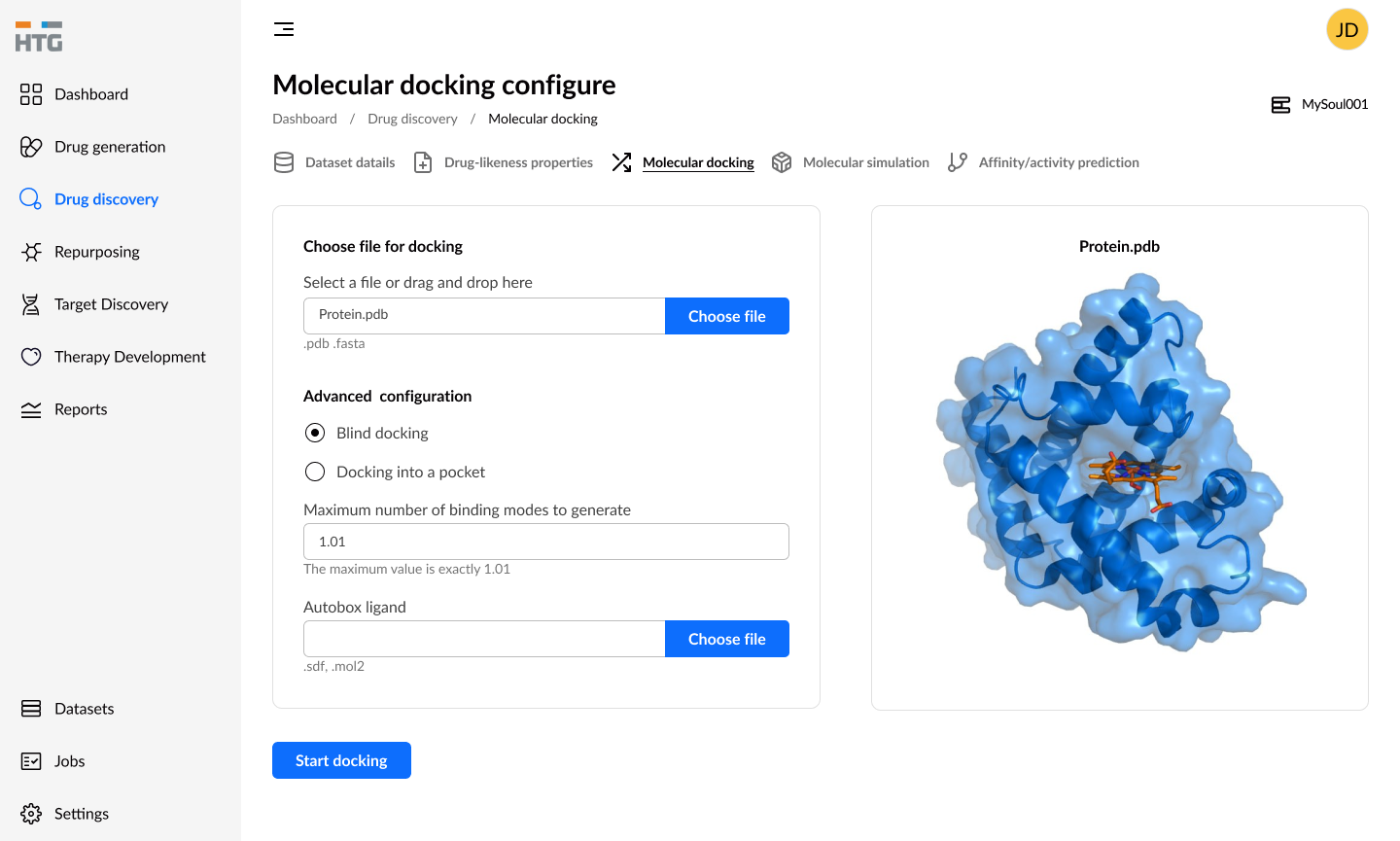Description
The article explores the role of telomeres in aging, discussing their function as a “mitotic clock” and their potential as stress indicators. Telomeres are repetitive DNA sequences at the ends of chromosomes that protect them from damage. The article examines how telomeres shorten with age, contributing to cellular senescence and aging-related diseases. It also reviews the impact of psychological stress, oxidative damage, and inflammation on telomere attrition. The article suggests that telomeres may not solely serve as a clock for cell division but could reflect accumulated stress and damage over time, influencing health outcomes and aging.
Takeaways:
- Telomeres protect chromosomes from damage and prevent end-to-end fusion, but they shorten with each cell division due to the “end-replication problem.”
- Shortened telomeres trigger cellular senescence, which can protect against cancer but also contribute to aging and degenerative diseases.
- Telomerase can repair critically short telomeres in certain cells (e.g., stem cells and cancer cells), but its activity is usually low in somatic cells.
- Telomere shortening may be linked to various age-related diseases, including type 2 diabetes, cardiovascular diseases, and osteoporosis.
- Psychological and physiological stress can accelerate telomere attrition, with early-life stress potentially influencing telomere length into adulthood.
- Oxidative stress, which causes damage to telomeric DNA, plays a major role in telomere shortening and aging.
- There is evidence that telomere erosion may not be solely due to replicative attrition but also stress-dependent factors, such as oxidative damage.
- Some studies suggest that telomeres may shorten and lengthen in response to specific conditions, indicating that their dynamics are not strictly linear.
- Lifestyle factors, such as stress reduction and physical activity, may help slow or even reverse telomere shortening by enhancing telomerase activity.
- The article proposes that telomeres could be more of an indicator of accumulated stress over time rather than just a clock measuring cell division.
- The relationship between telomere length, stress, and aging is complex, and further research is needed to better understand these dynamics and their implications for health.





